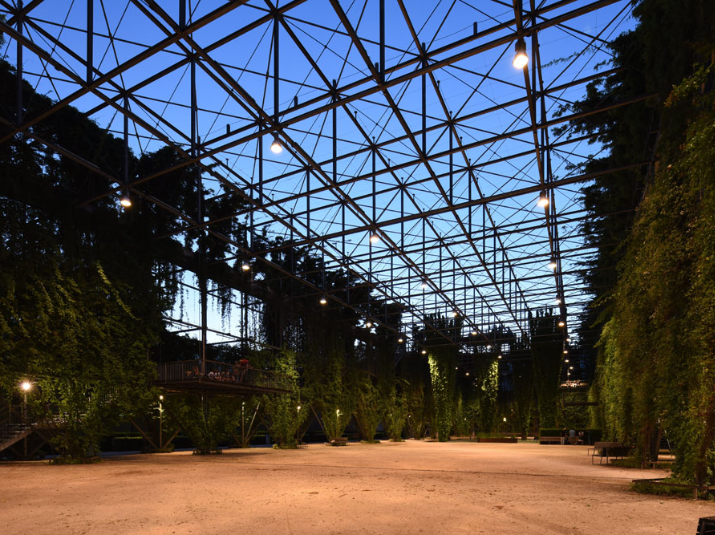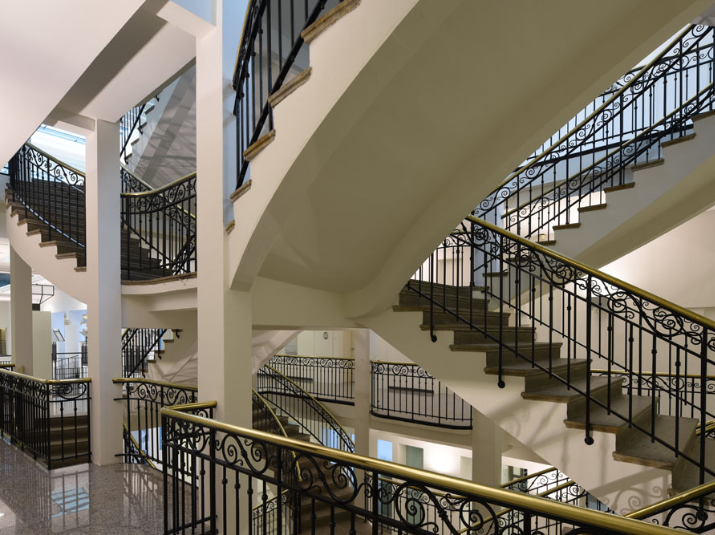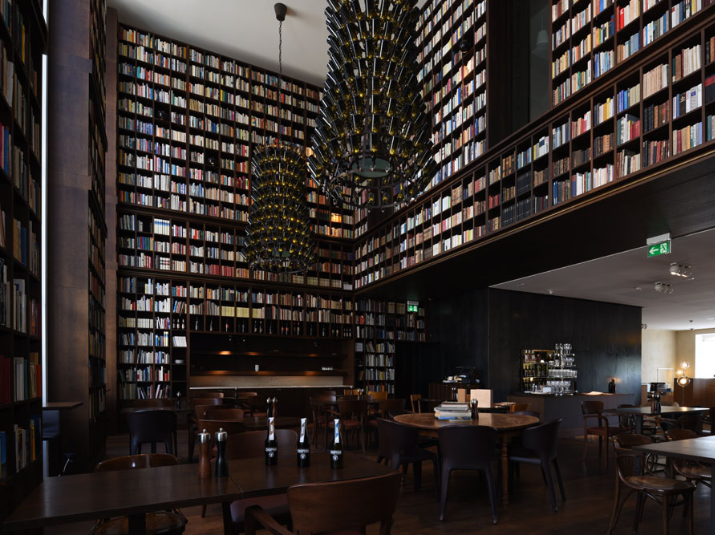If your mantra is “what you see is what you get”, you need to try a PC (Perspective Control) lens.
PC lenses, such as the new PC NIKKOR 19mm f/4E ED , are the choice for serious landscape and architectural photographers, due to their unique tilt and shift capability. This helps you control what’s in focus in an image and, when photographing architectural subjects – interiors as well as exteriors – it allows you to keep parallel lines parallel and prevent distortion in a scene.
For example, if you were to tilt your camera upwards to get every inch of a tall building in the frame, its soaring lines would appear to be converging towards the apex. This is called keystoning, but a tilt/shift lens prevents it from happening by allowing the camera to remain parallel and perpendicular to the building while the lens shifts up.
NIKKOR PC lenses also rotate, so the up and down shift becomes a left and right shift – which is especially handy if you want to capture a panorama.




